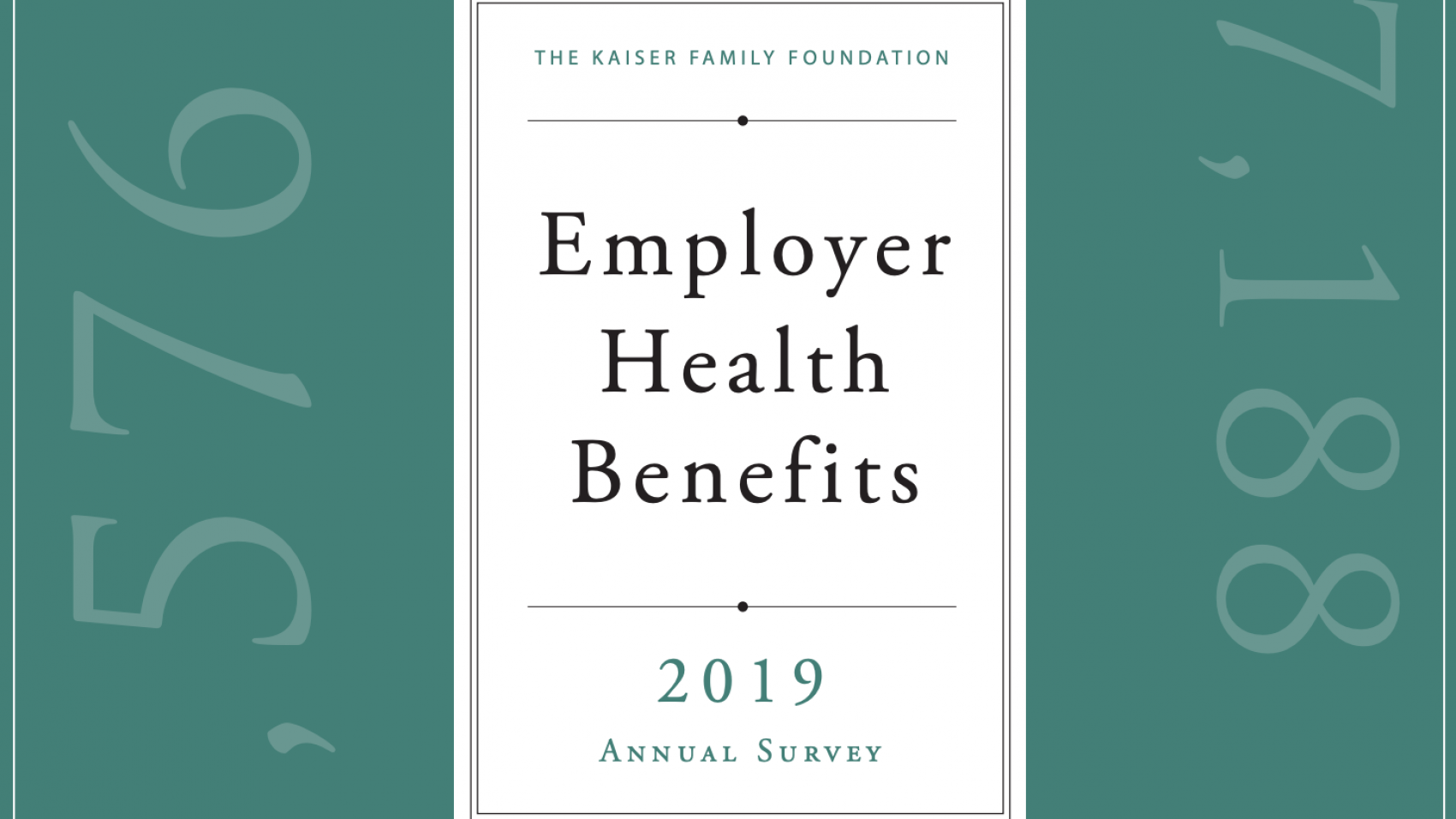Headlines latch on to 5% and $20k, leadings numbers from the 200+ page annual Kaiser Employer Health Benefits Survey. Forbes, NYT, Bloomberg, Health Affairs, and the WSJ all take this angle. The press is warranted. Healthcare costs continue to grow at 2x inflation and annual premiums for family coverage crossed $20,000, more than a mortgage in the midwest.
The survey carriers weight. Employers are the largest purchasers of healthcare in the US, commanding budgets that approach $1T, larger than the entire Dutch economy. 90% of these firms use a broker or consultant to purchase benefits. With few exceptions, they’re compensated and earn commissions the higher premiums are, the more ancillary programs are added (wellness, disease management, big data analytics). As one former colleague put it “If all these firms delivered on their ROIs, costs would be down 20% per year.” Spend big to save big. Tell me about incentives and I’ll tell you about behavior.
The Kaiser Survey is often looked to for trends and best practices. If you think of it like middle school peer pressure, what others are doing and wearing will lose some meaning. Sure, nobody gets fired for buying IBM. But look at IBM over the last 20 years.
I’m more worried about trends in worst practices, figurative pink mohawks and acid-washed jeans. Farnam Street has great Charlie Munger related general ideas on how to avoid bad practices. Given the structure of insurance, and purchasing processes, bad practices are popular.
What should be avoided? To start: don’t spend lots of money on wellness. Wellness is popular but “pry, poke and prod” programs, the ones loathed by Al Lewis and others comfortable with human nature, incentives, and algebra, can contribute to waste. By the time you add incentives, this can be $500-1,000 per employee per year. $1,000 in costs per year can make a big difference in many firms’ bottom lines.
1/3 of large employers offer incentives to complete (read: lie on) healthcare questionnaires that are often outdated (of the pro fat-free dressing variety). 1/4 penalize you, or withhold cash, if you don’t get your blood drawn more often than recommended. This leads to false positives and higher claims. It’s also annoying to employees.
If firms purchase healthcare using the industry standards, the expected results is high costs and high trend.
There are positive examples and changes highlighted.
Direct contracting is new to the survey. This is where employers “contract directly with certain health plans or health systems, outside of their established provider networks, to treat patients with specified conditions.” 8% of large employers are doing it. No mention in previous reports to 8% is a huge jump.
Centers of Excellences continue to grow. This is medical tourism within the United States. More companies will pay for your travel to fly to places like the Cleveland Clinic for rare, infrequent specialty care, at reduced or zero out-of-pocket. They contract at lower rates for higher quality.
What do we do as individuals? Be as healthy as possible. Spend a little more time researching and choosing healthcare options, maybe 2x more than what we do when shopping for a fridge. The complexity and web of many forms of excess means there are arbitrage opportunities if you’re paying attention. If you’re on your own and pay full sticker price for insurance, consider alternatives like cost-sharing plans, use GoodRx, ask for a second opinion.
Engage with the right doctor. Research a little. If direct care is available where you are, consider that. Firms like AtlasMD in Wichita, KS are charging low fixed membership fees for unlimited primary care with no copays: generic meds at cost, after-hours stitches, same-day or next day appointments. There’s not the computer screen-patient tradeoff. The software isn’t a burden and meant to maximize billing code charges . These firms, armed with more data, are often able to steer you to better care downstream (e.g., avoid the hospitals with high rates of bed sores).
Invest in healthcare stocks that will likely do well over the next 5-10 years. The pricing power of healthcare firms allows investors to get a dividend back on the insurance bloat. You can’t change the weather but you can prepare for the storm.

